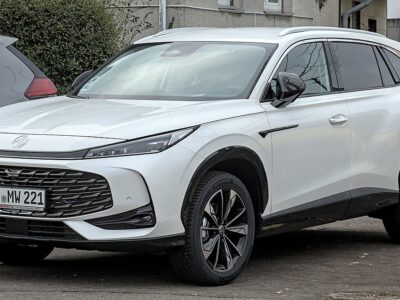
Hyundai Tucson Reliability and Longevity: The Complete 2025 Guide
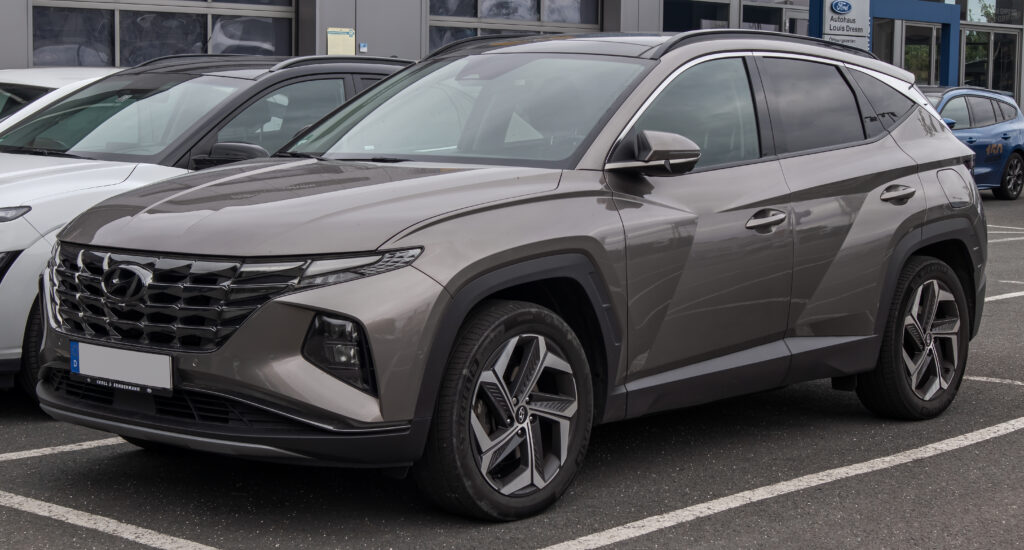
The Hyundai Tucson has long been the backbone of Hyundai’s compact SUV lineup—a stylish, budget-friendly, and surprisingly durable vehicle that continues to win over drivers worldwide. But how reliable is it really? How many miles can you expect your Tucson to last before major repairs start knocking on the door?
In this deep dive, we’ll explore the real-world reliability, lifespan, and maintenance essentials that determine how far your Hyundai Tucson will go. Whether you’re driving an early 2005 model or a brand-new 2025 edition, this guide will help you understand what to expect and how to make your Tucson last well beyond the average.
- Key Insights About Tucson Longevity
- How Long Does a Hyundai Tucson Last?
- Average Lifespan in Miles and Years
- The Role of Maintenance in Extending Life
- Engine and Powertrain Durability
- Most Reliable Tucson Model Years
- Problematic Years to Avoid (2012–2014)
- Fourth-Generation Tucson (2022–2025) Reliability Update
- High-Mileage Tucson Owner Stories
- Routine Maintenance That Keeps Your Tucson Alive
- Cost of Major Repairs and When to Let Go
- Engine Variants and Their Longevity Ratings
- Transmission Reliability: 4-Speed vs 6-Speed vs 8-Speed
- Tips for Buying a Used Hyundai Tucson
- Conclusion: What You Can Expect Long-Term
- FAQs
Key Insights About Tucson Longevity
- A well-maintained Hyundai Tucson typically lasts 150,000 to 200,000 kilometers (93,000–125,000 miles), with some owners reporting up to 250,000+ kilometers.
- Regular oil changes and scheduled maintenance are critical to achieving higher mileage.
- The 2012–2014 models with 2.4L engines are known for premature engine failures.
- The 2022–2025 generation introduced new 2.5L and hybrid powertrains with promising early reliability data.
- Maintenance costs remain lower than most rivals, making the Tucson a budget-friendly SUV over its lifespan.
How Long Does a Hyundai Tucson Last?
On average, a Hyundai Tucson will last 13 to 15 years with moderate annual mileage and proper servicing. Owners who strictly follow the maintenance schedule often push past 200,000 kilometers, though the realistic expectation hovers around 150,000 kilometers for most drivers.
That said, longevity varies greatly depending on:
- Engine version (2.0L, 2.4L, 2.5L, or 1.6L hybrid)
- Driving conditions (city vs highway)
- Maintenance frequency
- Climate and exposure to corrosion
Average Lifespan in Miles and Years
| Condition | Expected Lifespan (km) | Expected Lifespan (miles) | Equivalent Years |
|---|---|---|---|
| Minimal maintenance | 100,000 – 130,000 | 62,000 – 80,000 | 8–10 years |
| Regular maintenance | 150,000 – 200,000 | 93,000 – 125,000 | 13–15 years |
| Excellent upkeep (enthusiast owner) | 250,000+ | 155,000+ | 15–18 years |
Some owners have documented reaching over 460,000 kilometers (285,000 miles) on their Tucsons through disciplined servicing.
The Role of Maintenance in Extending Life
Maintenance is the single greatest factor influencing your Tucson’s lifespan. Neglected oil changes or skipped transmission flushes can drastically reduce its longevity.
Essential maintenance schedule:
| Service Type | Interval (km) | Notes |
|---|---|---|
| Engine oil & filter change | Every 8,000–10,000 | Use high-quality synthetic oil |
| Transmission fluid flush | Every 50,000 | Prevents gear slippage |
| Coolant replacement | Every 60,000 | Avoid overheating |
| Brake pads & rotors | Inspect every 20,000 | Replace as needed |
| Spark plugs | Every 100,000 | For smoother ignition |
| Timing belt / chain check | 120,000 | Chain models last longer |
| Tire rotation | Every 10,000 | Ensures even wear |
A Tucson that follows these intervals stands a much better chance of hitting the 200,000 km mark.
Engine and Powertrain Durability
2.0L Engine (Base Option)
- Proven reliability; minimal reports of failure.
- Ideal for light commuting and city driving.
2.4L Engine (2010–2014 Models)
- Notorious for bearing and connecting-rod failures around 90,000 km.
- Engine replacements can cost €3,500–€4,000, often making repairs uneconomical.
2.5L Smartstream (2022–2025)
- New design with direct injection and better thermal efficiency.
- Early data shows solid performance but limited long-term testing.
1.6L Turbo-Hybrid (2022+)
- Balances fuel economy and power; few issues reported.
- Battery-related repairs may emerge as mileage accumulates.
Most Reliable Tucson Model Years
| Model Years | Reliability Rating | Key Highlights |
|---|---|---|
| 2005–2009 | ★★★★☆ | Simple, rugged, minimal electronics |
| 2016–2018 | ★★★★☆ | Improved transmission and safety tech |
| 2019–2021 | ★★★★★ | Refined powertrain and fewer complaints |
| 2022–2025 | ★★★★☆ | New engines; reliability under observation |
Older Tucsons (especially pre-2010) are often praised for mechanical simplicity, while the 2019-2021 units are recognized for exceptional reliability and comfort.
Problematic Years to Avoid (2012–2014)
The 2012–2014 Hyundai Tucson equipped with the 2.4L Theta II engine is widely considered the weakest in the lineup’s history.
Common symptoms include:
 Top Hyundai Tucson Alternatives in 2025: The Best SUVs Worth Considering
Top Hyundai Tucson Alternatives in 2025: The Best SUVs Worth Considering- Knocking or rattling noises before failure
- Loss of power or stalling
- Metal shavings in oil analysis
- Complete engine seizure at ~90,000 km
These issues stemmed from defective connecting rods and inadequate oil flow. Rebuilt or replacement engines are common, making these years less desirable on the used market.
Fourth-Generation Tucson (2022–2025) Reliability Update
The latest generation marks a huge leap in technology and refinement. Hyundai introduced new drivetrains—2.5L gasoline and 1.6L hybrid systems—along with 6- and 8-speed automatic transmissions.
While the ride quality and efficiency improved dramatically, early reports from owner forums highlight:
- Some minor software glitches in hybrid control systems.
- Transmission hesitation at low speeds.
- No major engine failures reported to date.
The consensus? This generation looks promising, with the potential to exceed 200,000 kilometers if maintained correctly.
High-Mileage Tucson Owner Stories
Many owners share impressive long-term experiences:
“My 2013 Tucson 2.4L has 250,000 kilometers and still drives great on the highway at 85 mph,” says one proud owner.
Another driver reported 463,000 kilometers on a 2015 model—achieved through annual oil changes and moderate driving.
In Hyundai enthusiast forums, it’s common to see Tucsons surpassing 180,000–200,000 km with only routine maintenance.
These testimonies prove that the Tucson can easily compete with long-lasting rivals like the Toyota RAV4 or Honda CR-V.
Routine Maintenance That Keeps Your Tucson Alive
Focus on preventive service rather than reactive repairs. A few habits that make the difference:
You may be interested in reading Top Hyundai Tucson Alternatives in 2025: The Best SUVs Worth Considering
Top Hyundai Tucson Alternatives in 2025: The Best SUVs Worth Considering Nissan Juke Specifications Guide (2011–2019): Complete Engine, Performance & Dimensions Breakdown
Nissan Juke Specifications Guide (2011–2019): Complete Engine, Performance & Dimensions Breakdown- Change oil before the warning light appears.
- Use OEM filters and fluids.
- Avoid excessive idling—it carbonizes the engine.
- Keep the transmission cool by flushing fluid periodically.
- Wash undercarriage regularly in humid or coastal regions.
Cost of Major Repairs and When to Let Go
At some point, keeping an aging Tucson running becomes less economical.
The general rule: if repairs exceed 75% of the vehicle’s value, it’s time to move on.
| Repair Type | Average Cost (€) |
|---|---|
| Engine replacement | 3,500–4,000 |
| Transmission rebuild | 2,800–3,200 |
| Timing chain replacement | 1,000–1,500 |
| Suspension overhaul | 600–1,200 |
For example, replacing an engine in a 2010 Tucson valued at €6,500 may not make financial sense. However, smaller repairs like alternators or water pumps are affordable and worth the investment.
Engine Variants and Their Longevity Ratings
| Engine Type | Generation | Longevity Rating (★) | Comments |
|---|---|---|---|
| 2.0L Gasoline | 2005–2015 | ★★★★☆ | Reliable with regular oil changes |
| 2.4L Theta II | 2010–2014 | ★★☆☆☆ | Prone to premature failure |
| 1.6L Turbo | 2016–2021 | ★★★★☆ | Responsive and efficient |
| 2.5L Smartstream | 2022–2025 | ★★★★☆ | Promising early results |
| 1.6L Hybrid | 2022–2025 | ★★★★☆ | Great economy; new tech longevity TBD |
Transmission Reliability: 4-Speed vs 6-Speed vs 8-Speed
- 4-Speed (2005–2009): Basic but nearly bulletproof.
- 6-Speed (2010–2021): Smooth shifting, rare failures after software updates.
- 8-Speed (2022–2025): Quick response; may need future firmware refinements.
Routine fluid replacement remains the best way to ensure long transmission life.
Tips for Buying a Used Hyundai Tucson
Before signing any used-car contract, always:
- Verify maintenance records.
- Ask if the engine has been replaced (especially 2012–2014).
- Inspect for oil leaks and rust underneath.
- Take a long test drive to check shifting and noises.
- Have a mechanic perform a compression test for engine health.
Used Tucsons from 2016 onward are generally solid choices for those seeking longevity and value.
Conclusion: What You Can Expect Long-Term
The Hyundai Tucson offers excellent reliability for a compact SUV in its price segment. With proper care, it’s realistic to expect 150,000 to 200,000 kilometers of dependable service—potentially more if you stay ahead of maintenance.
While some early models suffered from engine flaws, newer versions have refined powertrains, improved transmissions, and better build quality. The Tucson remains a smart, enduring option for families and commuters alike.
FAQs
1. How many kilometers can a Hyundai Tucson last?
Most Tucsons last 150,000–200,000 km, and some well-maintained ones exceed 250,000 km.
2. Which Hyundai Tucson model years should I avoid?
Avoid 2012–2014 models with the 2.4L Theta II engine due to known engine failures.
3. Is the 2022–2025 Hyundai Tucson reliable?
Yes, initial feedback is positive—no major engine issues reported, though long-term data is still emerging.
 Top Hyundai Tucson Alternatives in 2025: The Best SUVs Worth Considering
Top Hyundai Tucson Alternatives in 2025: The Best SUVs Worth Considering Nissan Juke Specifications Guide (2011–2019): Complete Engine, Performance & Dimensions Breakdown
Nissan Juke Specifications Guide (2011–2019): Complete Engine, Performance & Dimensions Breakdown Ford Puma vs Nissan Juke: Ultimate Compact SUV Comparison for 2025
Ford Puma vs Nissan Juke: Ultimate Compact SUV Comparison for 20254. What is the cost of maintaining a Hyundai Tucson annually?
Expect €400–€600 per year, depending on mileage and local labor costs.
5. Can a Hyundai Tucson compete with Toyota or Honda for reliability?
Yes, especially the 2019–2025 models, which have narrowed the gap significantly in both reliability and comfort.
If you want to know other articles similar to Hyundai Tucson Reliability and Longevity: The Complete 2025 Guide you can visit the category Blog.
Deja una respuesta

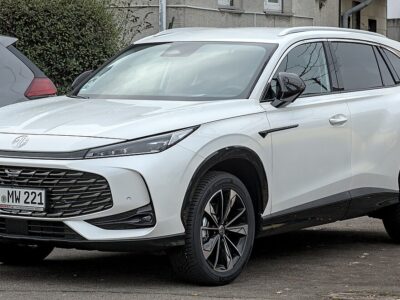
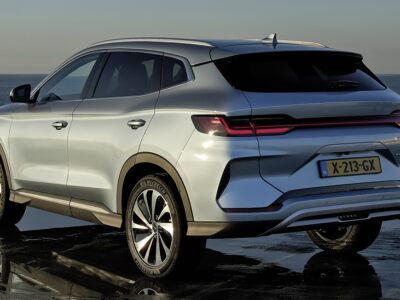
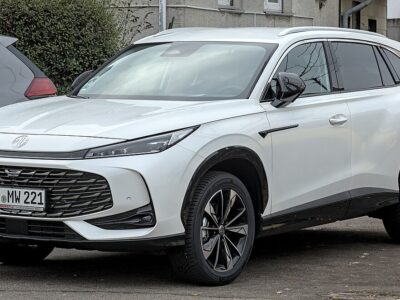
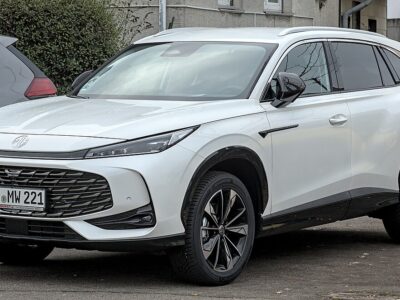
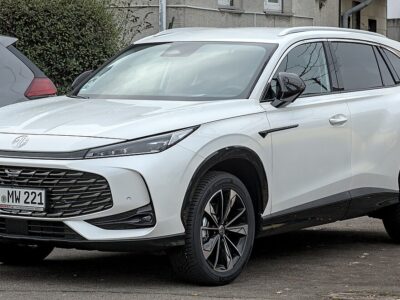
More content of your interest